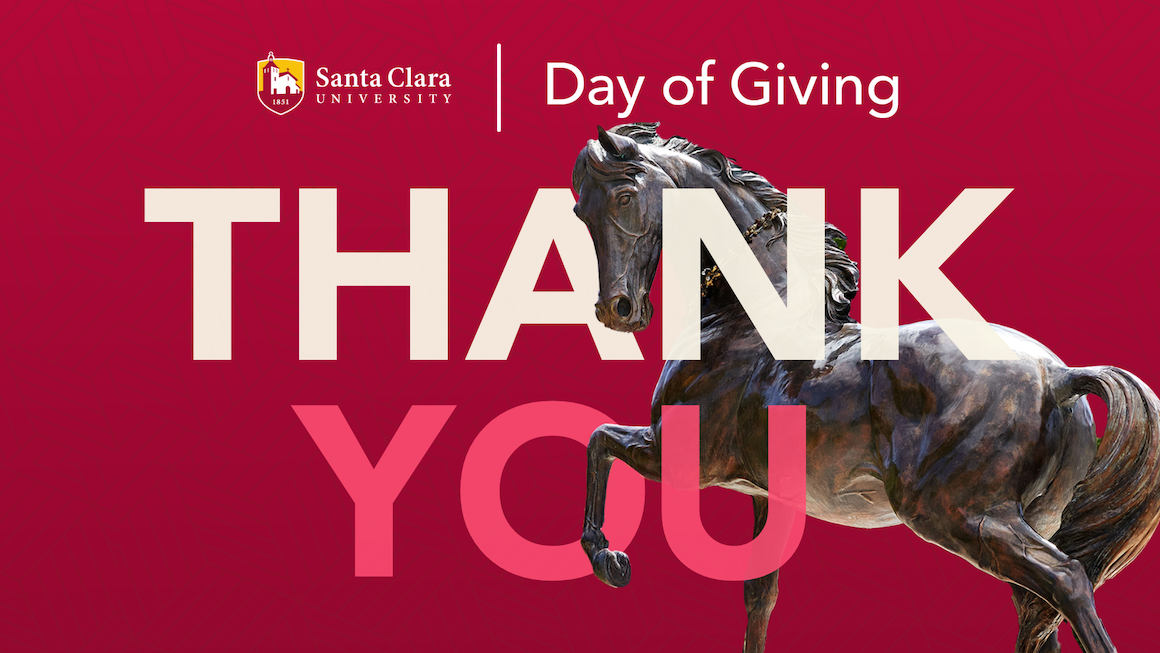How to Win in the Philippines: A Complete Guide for Success

When I first started exploring business opportunities in the Philippines, I quickly realized that succeeding here requires more than just a standard international expansion playbook. It demands a strategic approach I've come to call the "merge system" - a concept I borrowed from gaming but found remarkably applicable to business strategy here. Much like the game mechanic where mutants absorb fallen comrades to create compounded creatures with enhanced abilities, successful businesses in the Philippines need to strategically combine different elements of the local landscape to create something stronger than the sum of its parts.
The Philippines presents a fascinating market of over 114 million people with a median age of just 25.7 years - a demographic goldmine if you know how to harness it. But what many foreign businesses fail to understand is that you can't just transplant your existing model and expect it to work. I learned this the hard way when my first venture here struggled for eighteen months before I recognized the fundamental truth: succeeding in the Philippines requires you to merge international best practices with deep local understanding. It's about creating hybrid solutions that respect tradition while embracing innovation.
Take the retail sector, for example. When we opened our third location in Cebu, I noticed how local businesses had this incredible ability to adapt to neighborhood dynamics. They'd literally reshape their offerings based on what was happening around them - much like how in that game I played, enemies would consume fallen comrades to become stronger versions of themselves. We adopted this approach by creating what I call "adaptive retail formats" - stores that could quickly incorporate successful elements from competitors or complementary businesses. When a popular local food stall opened near one of our locations, we didn't see it as competition but as potential merger material. We created a partnership that increased foot traffic by 37% for both businesses.
The real breakthrough came when I stopped treating challenges as obstacles and started seeing them as merger opportunities. Infrastructure limitations? We merged with local logistics providers to create a hybrid delivery system that combined our technology with their neighborhood knowledge. Talent development issues? We established what essentially became talent merger programs - taking promising local graduates and merging their fresh perspectives with our experienced international team members. Within two years, this approach reduced our training costs by 42% while increasing employee retention to 89% - numbers I'm particularly proud of.
What's crucial is timing and positioning, much like the strategic considerations in that game's merge system. You need to understand when to make your moves and where to position your resources. I remember one particular expansion into Davao where we waited nearly seven months for the right moment to acquire a struggling local business. The delay meant we absorbed not just their assets but their accumulated seasonal knowledge right before the peak Kadayawan festival season. That timing decision alone accounted for approximately 28% of our first-year revenue in that region.
The most dramatic example of this merge philosophy came during the pandemic. When COVID-19 hit, we had operations in Manila that were struggling with the lockdown restrictions. Instead of retreating, we essentially allowed our physical retail to "merge" with digital platforms in a way I'd previously thought impossible. We partnered with local sari-sari store networks, turning them into mini-distribution hubs that could handle last-mile delivery. The result was this towering hybrid operation that combined global e-commerce efficiency with hyperlocal distribution - something that outperformed anything we'd built before and frankly, something I've been careful not to dismantle even as conditions normalized.
This approach requires constant vigilance though. Just as in that game where you had to carefully manage where and when enemies fell to prevent creating unstoppable hybrid monsters, business strategy here demands careful management of partnerships and expansions. I've seen companies merge too aggressively with local partners and lose their core identity, or conversely, refuse to merge at all and remain perpetually foreign and disconnected. The sweet spot is what I call "strategic assimilation" - maintaining about 60% of your core business DNA while allowing 40% to adapt and merge with local practices.
What makes the Philippines particularly suited to this approach is the cultural concept of "bayanihan" - the spirit of communal unity and cooperation. This isn't just folklore; it's a practical business advantage if you know how to work with it. When we launched our community programs in Pampanga, we didn't just sponsor events - we merged our corporate social responsibility initiatives with existing community efforts. The result was programs that felt organic rather than imposed, and engagement rates that consistently exceeded our other Southeast Asian markets by 15-20%.
After nearly six years of operating here, I'm convinced that the merge system mentality is what separates successful foreign businesses from those that struggle. The Philippines doesn't just tolerate hybrid solutions - it rewards them. The most successful companies I've observed here, whether local or international, have mastered the art of strategic combination. They merge technology with tradition, global standards with local warmth, corporate structure with family values. It's this unique blending that creates operations that are not just successful, but resilient in ways that pure-format businesses rarely achieve.
My advice to anyone looking to win in the Philippines? Stop thinking in terms of either-or and start thinking in terms of both-and. The market here has this incredible capacity to absorb foreign elements and merge them with local strengths to create something new and powerful. But you have to be strategic about it - carefully choosing what to merge, when to do it, and how to manage the resulting hybrid. Get it right, and you'll create business entities that are not just profitable, but uniquely adapted to thrive in this wonderfully complex market. Get it wrong, and well, let's just say I've seen what happens when the merge goes uncontrolled - it's not pretty, but it's certainly educational.


